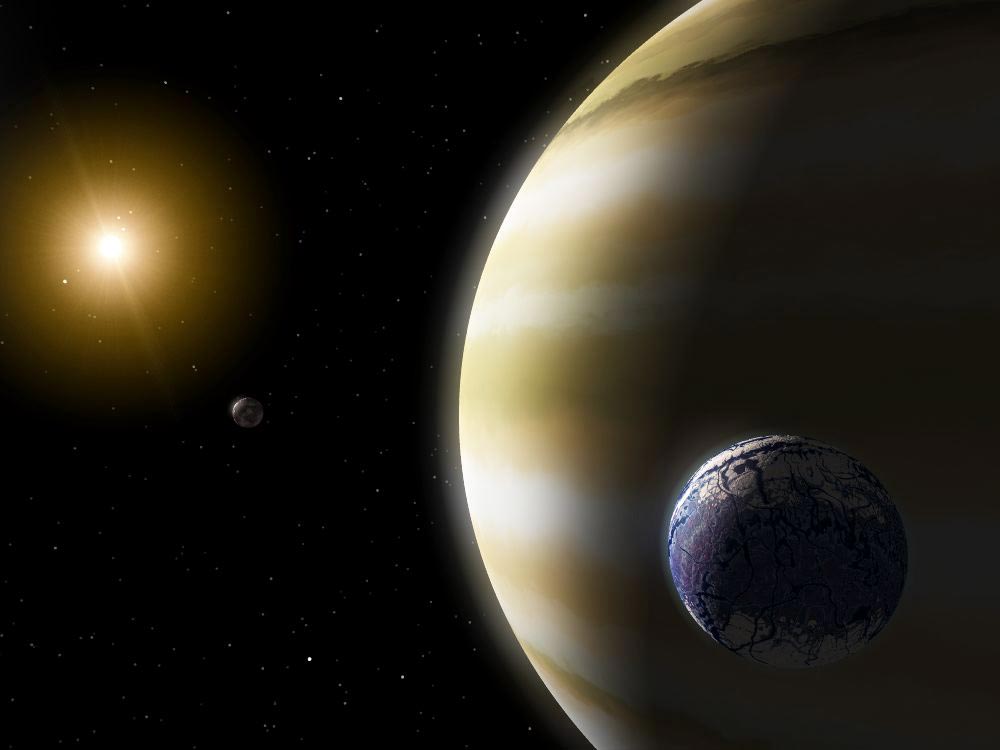
Cosmologists have found hundreds of extrasolar (outside of our solar system) planets. They’re still looking for ones that might be habitable and that might even host alien civilizations. New computer models developed by Rory Barnes of the University of Washington show that those planets may be even more rare than previously thought.
In order to sustain life, a planet must orbit its star in what’s termed the ‘habitable zone’, the zone at which liquid water is available. If a planet orbits a star alone, it’s likely to remain in a stable orbit with limited temperature fluctuations. The addition of other planets to the system, particularly gas giants such as Jupiter, could give those smaller rocky planets extremely elliptical orbits. Such a planet might spend part of every thousand years in the habitable zone, and the rest in a region of space where all water either boils away or freezes solid.
While this doesn’t preclude the possibility of finding life on such planets, it does pretty much rule out intelligent life, let alone civilization, which wouldn’t have had enough time to evolve. To be clear, this new model simply shows that if we find what appears to be a habitable planet, it might not have been in the habitable zone just a few centuries earlier. It doesn’t mean that there can’t be long-term life-sustaining planets just like Earth out there somewhere. In the meantime, astronomers will continue to search.
No comments:
Post a Comment